Beef
| Thickness | Temp. (°F) | Time (hours) | |
| Rib Eye, Sirloin & Porterhouse Steak | 1 – inch | ||
| Rare | 125 °F | 1 to 6 | |
| Medium Rare | 130 °F | 1 to 6 | |
| Medium | 140 °F | 1 to 6 | |
| Medium Well | 150 °F | 1 to 6 | |
| Well Done | 155 °F | 1 to 6 | |
| Tenderloin Steak (Filet Mignon) | 1 ½ inch | ||
| Rare | 125 °F | 1 to 6 | |
| Medium Rare | 130 °F | 1 to 6 | |
| Medium | 140 °F | 1 to 6 | |
| Medium Well | 150 °F | 1 to 6 | |
| Well Done | 155 °F | 1 to 6 | |
| Flank Steak | 1 – 1 ½ inch | ||
| Rare | 125 °F | 2 to 10 | |
| Medium Rare | 130 °F | 2 to 10 | |
| Medium | 140 °F | 2 to 10 | |
| Medium Well | 150 °F | 2 to 10 | |
| Well Done | 155 °F | 2 to 10 | |
| Flank Iron Steak | 2 – inch | ||
| Rare | 125 °F | 2 to 10 | |
| Medium Rare | 130 °F | 2 to 10 | |
| Medium | 140 °F | 2 to 10 | |
| Medium Well | 150 °F | 2 to 10 | |
| Well Done | 155 °F | 2 to 10 | |
| Brisket | 2 – inch | 140 °F | 24 to 48 |
| Bottom Round Roast | 4-inch | ||
| Medium Rare | 130 °F | 5 to 10 | |
| Medium | 136 °F | 5 to 10 | |
| Medium Well | 144 °F | 5 to 10 | |
| Prime Rib Roast | 5 – 6 inch | ||
| Medium Rare | 130 °F | 6 to 10 | |
| Medium | 136 °F | 6 to 10 | |
| Medium Well | 144 °F | 6 to 10 | |
| Pot Roast (Chuck) | 3 – 4 inch | 160 °F | 24 to 30 |
| Short Ribs | 167 °F | 24 to 36 | |
| Tenderloin Roast | 3 – inch | ||
| Rare | 131 °F | 3 to 6 | |
| Medium Rare | 135 °F | 3 to 6 | |
| Medium | 140 °F | 3 to 6 | |
| Medium Well | 150 °F | 3 to 6 | |
| Tri-Tip Roast | 3-4-inch | ||
| Rare | 131 °F | 5 to 10 | |
| Medium Rare | 135 °F | 5 to 10 | |
| Medium | 140 °F | 5 to 10 | |
| Hamburgers | 1-inch | ||
| Rare | 125 °F | 1 to 3 | |
| Medium Rare | 130 °F | 1 to 3 | |
| Medium | 140 °F | 1 to 3 | |
| Medium Well | 145 °F | 1 to 3 | |
| Well | 155 °F | 1 to 3 | |
| Veal Chop Bone-In | 1 – 1 ½ inch | ||
| Rare | 129 °F | 3 to 6 | |
| Medium | 134 °F | 3 to 6 | |
| Veal Shank | 1 – 2-inch | 167 °F | 24 to 36 |
Pork
| Thickness | Temp. (°F) | Time (hours) | |
| Boneless Chops | 1-inch | 140 °F | 1 to 3 |
| Bone-In Chops | 1-inch | 140 °F | 1 ½ to 3 |
| Baby Back Ribs | 165 °F | 12 to 24 | |
| Country Style Ribs | 167 °F | 18 to 24 | |
| Ham – Cured | 155 °F | 8 to 12 | |
| Tenderloin | 145 °F | 1 ½ to 4 | |
| Sausage | 165 °F | 18 to 24 | |
| Shoulder | 3-inch | 175 °F | 12 to 24 |
| Loin Roast | 144 °F | 4 to 6 |
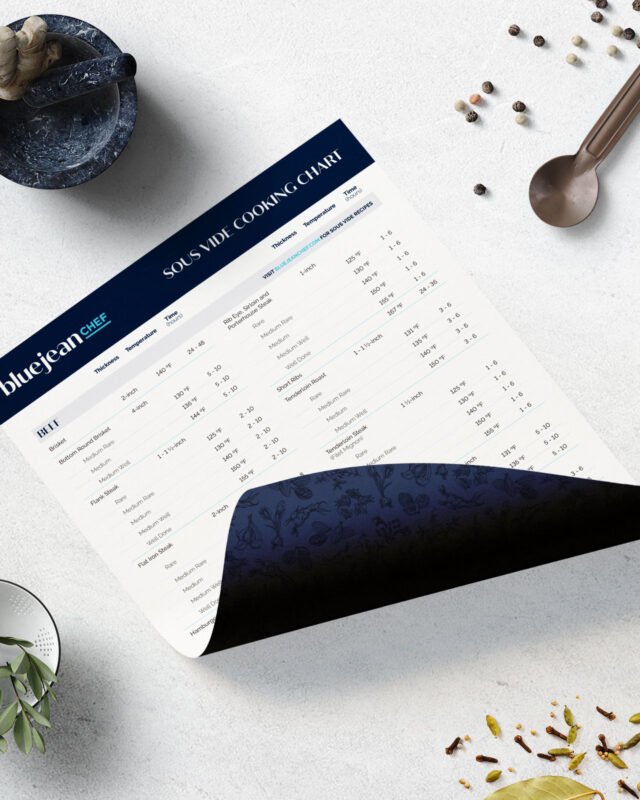

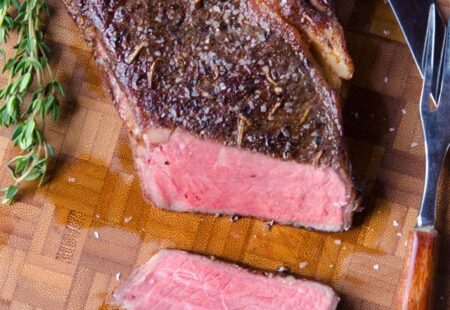
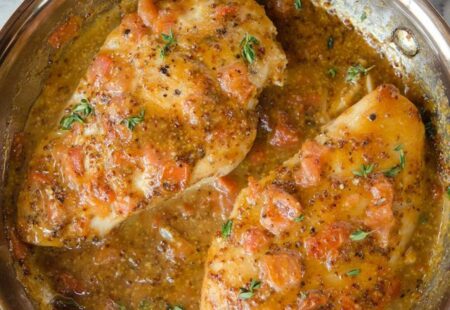
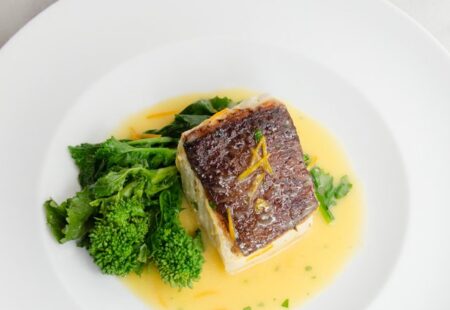
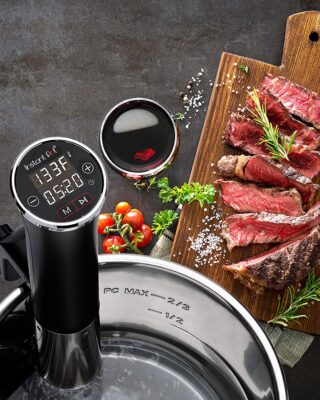
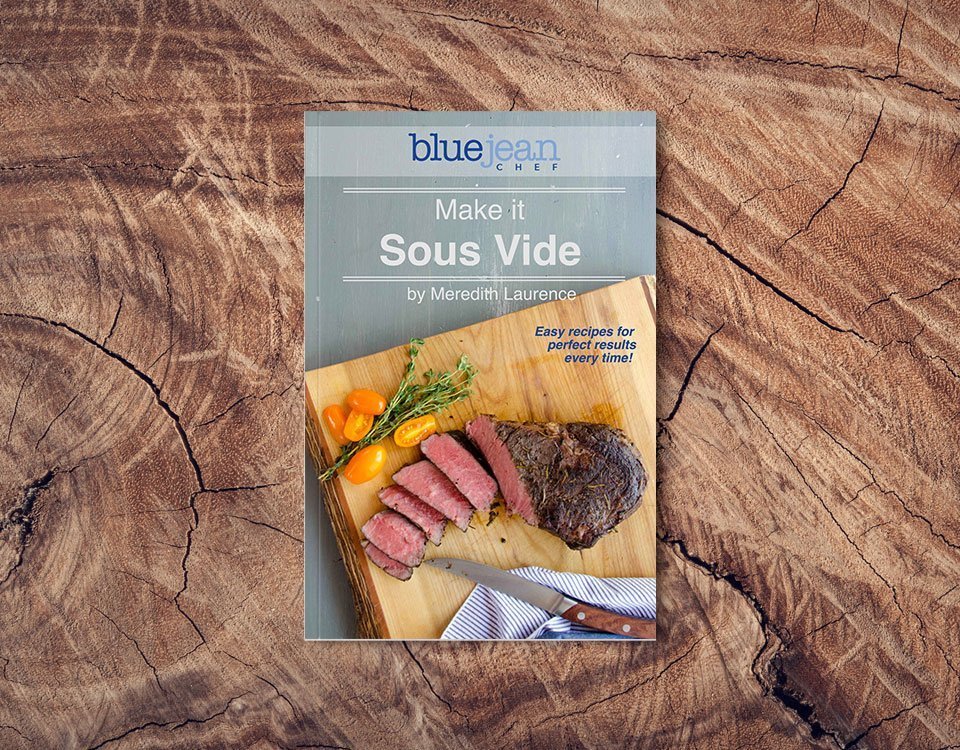
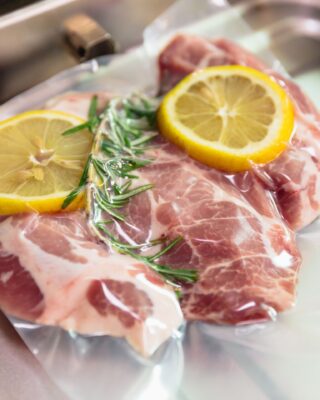
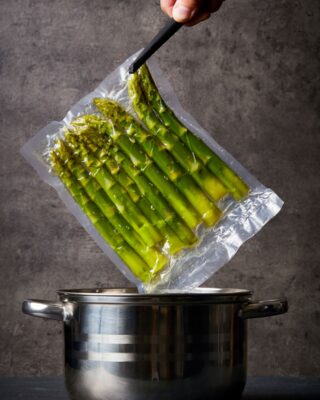
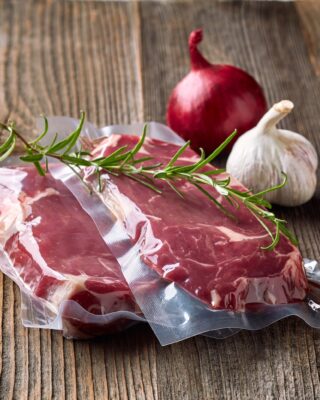
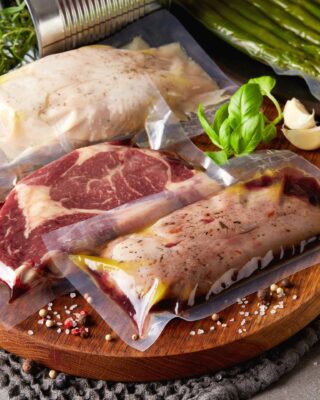
How is a range of 1 to 6 hours at all useful? That’s such a range that might as well be you saying I don’t know figure it out on your own…
Hi James. The beauty of sous vide cooking is that you can cook something for as little as one hour, or for as long as 6 hours and it will stay at the same degree of doneness. It’s true that the texture changes somewhat depending on how long you are cooking, but because the temperature is so low, textures change at a very slow rate and remain in an acceptable state for a wide duration of time. People who love sous vide cooking love it because it affords the cook this large period of time and consequently leaves very little room for error. Slow cookers have cooking durations that are much wider than stovetop cooking. Most slow cooker recipes say “cook for 4 to 6 hours” or “8 to 10 hours”. That is because the temperature is low on slow cooking. Sous vide cooking is at an even lower temperature, so the range of acceptable cooking times is even larger. I hope that helps explain things to you. You can read more about sous vide cooking and how it works here: https://bluejeanchef.com/cooking-school/collections/sous-vide/